We are two days away from the world premiere of Warwick Thornton’s The New Boy at Cannes Film Festival. The premiere will be followed by an after party per Deadline. Cate Blanchett and Warwick Thornton spoke to The Hollywood Reporter about the film and bringing it to Cannes. Dirty Films, which produced the film, launched their website. The production company is owned by Cate Blanchett and Andrew Upton with Coco Francini as their partner producer. You can follow their Twitter and Instagram for updates on their projects.
Cate Blanchett attended the discussion after the screenings of I’m Not There and Carol at Centre Pompidou. The screenings are part of the museum’s retrospective on the works of Todd Haynes who directed both films. Some of Todd Haynes’ collaborators: cinematographer – Ed Lachman, producer – Christine Vachon, editor – Affonso Gonçalves, and casting director – Laura Rosenthal were also present. You can watch the discussion for I’m Not There below.
The New Boy
In its finished form, The New Boy is set in a remote mission for Aboriginal children that is run by a renegade nun, Sister Eileen (Cate Blanchett). A new charge (Aswan Reid) is delivered in the dead of night — a boy who appears to have special powers. When the monastery takes possession of a precious relic, a large carving of Christ on the cross, the new boy encounters Jesus for the first time and is transfixed. But the boy’s Indigenous spiritual life does not gel with the mission’s Christianity, and his mysterious power emerges as a threat.
“It’s like any Indigenous person through the last 250 years of colonization,” says Thornton. “Your lore, your culture and everything has just been completely obliterated to extinction in a strange way. You have to adapt in this new world that is like a plague, like a virus that has completely taken over your life and shut down everything that you’ve believed in.”
A key moment for the eventual creation of The New Boy, after such a long gestation, came with a call Thornton received in 2020 from Blanchett. “Life is too short — I really want to make a movie with you,” the double Oscar winner told him.
Despite having countless industry friends and collaborators in common, the two Australians hadn’t actually met until earlier that year, at the Berlin International Film Festival. Thornton was attending with actor Wayne Blair for the second season of Mystery Road, an Australian TV series he directed (Blair would go on to play the supporting part of George in The New Boy), while Blanchett was at the festival for the series premiere of Stateless, backed by her production banner Dirty Films. Blanchett, who was also already a deep fan of Thornton’s work, said she leapt at the chance to make contact.
“My worldview has been shifted in ways beyond articulation by the films Warwick has made,” Blanchett says. “He’s a singular, mercurial filmmaker, yet there is a beguiling universality to the stories he chooses to tell. He is, quite simply, one of Australia’s greats.”
During the long months of pandemic lockdown that followed, numerous calls and Zooms between the actor and director followed, during which each of them, according to Thornton, “ranted and raved about ideas, books and all sorts of strange things like photography and architecture.” Eventually Thornton mentioned he had a script he had been nurturing for a number of years, which at that time was called Father and Son.
The original plot centered on the Indigenous child landing in a remote Aussie monastery led by a Benedictine monk. Blanchett says she was instantly hooked on the premise, but as the creative conversations evolved, they began to consider what it might mean for the movie if the monk was instead a nun. Thornton then gave the nearly two-decade-old script a final rewrite, and Father and Son became The New Boy, co-starring Blanchett as Sister Eileen.
The project’s final, high hurdle was finding the young Indigenous actor who would take on the titular role of New Boy. Led by casting director Anousha Zarkesh, the filmmakers prepared for an exhaustive search across Australia. As it turned out, though, their star — first-time child actor Aswan Reid — arrived in the very first tape they reviewed. The team continued seeing other actors for some time, mostly out of a sense of duty, but Thornton says they knew from day one they had already found him.
“I’m so proud of Aswan,” says Thornton. “He is the New Boy. He’s a survivalist in his own right as a child and a very special human being. ”
A few days ahead of Cannes, The Hollywood Reporter connected with Thornton and Blanchett over Zoom for a conversation about The New Boy’s creation.
So, Warwick, we’re talking ahead of the The New Boy’s Cannes premiere and not too much is known about the movie yet. Can you tell us a little more about the film’s premise and your intentions with this work?
Warwick Thornton: This is the first interview we’re doing, so I’m still trying to work that out. (Laughs.) You know, you create these things and then you try to figure out exactly what you were up to. For me, the film is about exploring an Indigenous child who’s plucked out of the desert and sent to an orphanage, which is something that was done as part of Australia’s Native Affairs Act — grabbing children and reinstating them in a world that was colonizing their existence. There’s tragedy and travesty there, but the film is more about the actual reality of the child then having to survive in that situation. What will they do, and what do they need to do to actually be alive in these new circumstances? So the film is about survival. There are multiple characters who are at different points in their lives who have chosen to walk through new doors, or been dragged through them, and what they find themselves up to is the essence of how survival works.
Cate Blanchett: Yeah, it’s a really tricky one to pin down, isn’t it? I think when you’re dealing with a world that is full of magic — and that word has a sentimentality attached to it, but what we’re dealing with here is much more nuanced — the closer you get to completing the story, the more it continues to ask questions. In a way, I reckon the film is sort of searching for that ephemeral thing. But all we’ve got is language to describe it, so you end up feeling like you can’t quite ever touch, or name, the energy that is at the core of the film.
Thornton: Yeah, it’s a really weird thing to try to reach for. You know, you want your film to ask questions, and you want an audience, because of their own journey through life, to come to their own answers. You don’t want to end up defining right and wrong; and you don’t want your film to become some kind of lecture. You want two friends who have been best friends since kindergarten to go and watch your movie together in the theater and to come out with slightly different opinions of what actually happened. That is the most beautiful thing about storytelling to me.
Cate, to back up a little, what was it about this project that initially made you want to get involved as a producer, and what was it about the character of Sister Eileen that most compelled you as an actor?
Blanchett: Well, it’s usually a conversation that starts things for me. As an actor, whether it’s onstage or onscreen, I’m very director driven. And what I mean by that is that the work comes out of those early conversations. When you’re dealing with someone like Warwick who writes, directs and does all the cinematography of his films, the script is just kind of like a template for the idea, right? Warwick is someone I’ve admired for a while, so we just started talking during the pandemic and the character was actually quite secondary to the conversations. We were exploring themes together and there was this growing desire to work together. Warwick had been brewing on this world for a long time, and the archetypes, internal struggle and framework were all there once he pulled the script out of his sock drawer and showed it to me. But once I stumbled into this thing, it meant that the original character of the priest would be changed to a nun, which had interesting ramifications. And as a producer, knowing what it takes to make a film as robust and complex as this one, I thought Dirty Films could partner with Warwick and maybe help the film a little in finding the right audience.
Thornton: The film needed you in that way, Cate. It was really a special time, wasn’t it? As we were getting started? The original genesis of this film came from me wanting to look more deeply at religions. I’m really careful in how I talk about religions, because I don’t understand them. But I love the idea that the more knowledge you have, the better dialogue and conversations you can have. So the start of this film, before Cate even came along, was me exploring and trying to understand why certain religions have to go and take over other religions and peoples with other beliefs.
Blanchett: Why some religions are like Pac-Man? The Pac-Man version of religion.
Thornton: Yeah, absolutely. A lot of religions have seen Indigenous people as savages whose souls need saving — and that’s actually really interesting. Why do they do that? What do they think they understand and what don’t they understand? So, for me, part of making the film came from anger, and the energy that comes from anger. You know, we had multiple, incredibly beautiful religions here in Australia, pre-colonization, before the English rocked up. And that process happened globally. Why wasn’t there any recognition that there was a religion already here? There were really beautiful things happening in Australia for 40,000 years, but there wasn’t even a moment of recognition — just the instant designation of “savages.” So I was having all of these thoughts, but then when it came time to set all of that aside to look at singular characters, some part of the story became very simple. The experience of a new boy who’s dragged into this other world is clearly all about survival. His first priority is going to be just getting a meal, right? Food comes first — because you need food for energy before you can even decide if your plan is fight or flight. So, all of these survival tactics come into play. There are some very simple conversations happening in the film at the same time that there are some very big conversations about religion also going on.
Blanchett: It’s really interesting how by changing the gender of my character, we were able to open all of that stuff up. I’ve experienced this a number of times, where, when you flip the gender, race or age of a character, it doesn’t change what you think you will have to change to make the story function. Instead, it starts unfolding lots of new storytelling possibilities and dynamics that you didn’t anticipate. I think that if you had a priest as the character, I can sort of already see the poster, and people would start to think that they already know what they are going into the cinema to see — a film about “religion” versus “Indigenous spirituality.” And people start to instinctively answer the questions they think they are going to be asked. But by changing the gender and making her a nun, you sort of flick the environment and everything is more up for grabs in a way — just as it is for the new boy himself. The fascinating thing about the new boy, which Warwick always talked about, is that he’s sort of like a question personified. And the interesting thing about him being dropped into what would be perceived as a really binary circumstance — a monastery in remote Australia — is that he starts asking these questions that open up questions for all of the other characters. By changing the gender, where you’ve now got a nun officiating mass, it makes it a really delicate ecosystem that has achieved a sort of unstable balance. And then he disrupts that and opens up these massive questions that everyone is really ready to ask. They just didn’t know how to start approaching the dangerous space where they might answer those questions.
So, I was able to preview about 10 minutes of the film. I don’t think it’s a spoiler to reveal
that the new boy is presented as having a supernatural power of a kind. Warwick, can you share more about that? Was it meant to be a cinematic representation of Indigenous belief that the audience is being given access to?Thornton: It came from him being special. Where I come from, we have people called ngangkaris. The Western version of that would be a “medicine man.” Some are born with it, and some are gifted later in life. “Medicine people” would be more accurate, because there are female as well as male ngangkaris. And they’re recognized as children. It’s all about healing. Their role, within their tribe and community, is to strengthen their powers to be able to heal others — spiritually as well as physically. So the new boy is one of those. They’re really important to us, and really powerful where I come from. So, imagine that a ngangkari met Jesus, and imagine what their conversation would be like. That’s kind of the idea here. But this boy hasn’t been taught yet about his powers, like a Padawan of the Jedi. And since they haven’t been educated about their powers yet, they just start using it for survival, as a child would. And they’ve been brought into such a structured world, which they know nothing about, so the chaos they unveil when they start using their powers is very exciting to me. A lot of religions would simply recognize him as the devil, because they don’t have the religious knowledge to understand him. The only religion I’m against is a religion that doesn’t recognize other religions. His having special powers brings a little Peter Pan into the story, which is exciting cinematically.
Cate, this is your first starring role in an Australian film in some time. What was it like for you coming back to work on a feature like this?
Blanchett: Yes, it had been a long time. Obviously, the pandemic prevented anyone who wasn’t inside Australia from getting back to work. So it was quite an important journey home. I mean, you never leave Australia, do you, Warwick? Whether you want to or not, it follows you around. It haunts your dreams! (Laughs.) But to go back and make work was wonderful. One of the very first things I did out of drama school was a noble but flawed television series, which was about an Indigenous man and a white Australian woman who fall in love. And I subsequently found out it was the first black-white kiss on Australian television [in the early ’90s miniseries Heartland]. Can you believe that? In my lifetime? You think you understand the tribulations, flaws and challenges of the country of your birth, and then you hear something like … It’s more than startling. I’ve got such a profound respect for all Indigenous artists in Australia. And so to be a small part of a story that looks at a side of Australia that is not discussed nearly enough was very meaningful.
Cate, I wanted to ask you a little more about your character and how you connected with her. I only got to see a bit of her in the sequence I’ve watched so far, but she struck me as a rather coarse and salty figure. This is your first feature role since Tár. Was there an appeal in playing someone a bit rougher around the edges after all of the poise and refinement of Lydia Tár?
Blanchett: I suppose in a way, subconsciously, characters or stories that you enter often become an antidote, or a counterpoint, to the thing that you’ve done previously. But this conversation with Warwick had started before the conversation with Todd [Field], and I wanted to be a part of this project even if I was going to have to play the Virgin Mary. I found it really interesting to play this character — somebody, who as a religious figure, a nun, is at a kind of juncture in her spiritual life, where the pieces that hitherto made painful sense, perhaps necessary sense, no longer seem to fit together in the way that they used to. There’s a set of quite complicated circumstances that the film never really explains, but you know that maybe some pretty bad shit has gone down in the past. I hazard to guess what anyone who was a nun in rural Australia with a stolen generation of Indigenous kids has seen or participated in. There’s a lot of murky water under that bridge for all parties. I think Sister Eileen definitely has seen some things she didn’t want to see and is atoning perhaps for the sins of those who have passed on in the monastery. But I found the relationship between her and Deborah Mailman’s character, the other nun, really tender and beautiful. Two nuns in among and amongst the world, trying to make religion make sense — in a monastery, in a country and in a gender that has sort of been forgotten. I found her absences and presence an interesting dance to play with as an actor.
I understand you only started shooting the film very late last year. So, I imagine the production experience is still pretty fresh in your minds. How was the shoot for each of you?
Thornton: There was a strong realization on the first day that I’d just cast eight children who had never been on a film before. And they weren’t on school holidays or anything; they got out to escape from school for this, so it was wild, exciting times for them. And they all just banded together instantly into a pack of wolf cubs. It completely scared the shit out of me — like, oh god, what did I just do? I’ve learned to say, be careful what you write, because you just might have to make it. So we had a school bus that would take them to and from set, and every morning the blood would drain out of me as the pack of wolf cubs came jumping off the bus. (Laughs) But no, these kids were unbelievably amazing. Just so great to work with. We had dramaturges for them, and that helped a lot, because I was also shooting the thing as DP. And, obviously, I had to deal with Cate every day… the horror!
Blanchett: Always full of questions.
Thornton: And bloody intelligent questions that I didn’t think of — and I’m supposed to be the film’s bloody writer!
Blanchett: (Laughs) Thinking about the child actors, one thing I remember is you calling me late at night a few months out and saying, “What have I done, sis? What if I can’t find him? I’ve put all of my eggs in one basket, and what if I can’t find the right boy, we don’t have this movie.” Because, when you do a film like this, you know that you’re walking on a really fine wire that the can snap at any moment. Because even if you do find and cast the boy who feels totally right, the demands of this role are so great, it’s hard to really know how it will all go until you’re actually making it. The internal dynamics that the character has to express in this movie without any language mean that the child has to be magnetic. And then the physical demands of the work — I mean, dawn shoots and then needing to fit in school between everything? And will he naturally be a leader to the other boys in the way he needs to be? There’s so much that has to work. But then you sent me this email saying, “Shut the front gate, I found him!” And it was like this massive weight had been lifted off your shoulders. And Aswan had never even been in front of the camera before.
Wow. And what was it like for you to act with Aswan?
Blanchett: For me, personally, watching Aswan, he is a rock star. The charisma he has is astonishing. And he was so full of questions — working out what the script supervisor did; watching the way Warwick would interact with the adult actors, talking to the camera department and props department. It was like he was developing this filmmaking musculature literally hour by hour. And then his technical proficiency within a week was extraordinary. He was this 11-year-old and he was so remarkable to work with. He was just totally present. I felt like I was always running to catch up with him — his energy and his perspective. And the questions he would ask me… I’d be huddled right before shooting, looking at my script, and he’d saunter up and ask me, “What are you doing?” And sometimes, I’d go, “Yeah, what am I doing? Looking at my script? I’m not going to find any answers there now; it’s a bit late for that.” (Laughs) But it really was the presence that he brought and demanded from me in scenes. The kids were the engine room of filming for me on this project.
Thornton: There was some aspect of art imitating life, imitating art. Because those children were survivalist in a similar way to their characters, you know what I mean? They arrived on set not knowing anything about the moviemaking world they were entering, but I think all of them thought, “I like this! I don’t love the hours and the pressure, but I actually really like this experience — so how do I survive this so I can do it again?” Each of the children went through that process in a really beautiful way.
Blanchett: You couldn’t even write them in that way, because they were so inventive and incredibly natural. And it was so beautifully cast. They would just naturally come out with these internal pack dynamics that developed among them, which were really great to play with in the movie. It was all such a blessing.
Thornton: I always like to say that there are no bad actors, there are only bad directors. Because if something isn’t working, it’s on you. The director should have done their homework and cast someone else. Of course the actor is giving their best. It’s not their fault. Casting is my biggest fear, because it’s everything.
Since the film is going to meet its first audience at Cannes, and both of you are regulars at the festival — part of the “Cannes family,” as Thierry Frémaux likes to say, do you have thoughts or memories that you would like to share?
Blanchett: I’m really excited that The New Boy is in Un Certain Regard, because it’s a really great conversation to be a part of. You know, filmmakers like Claire Denis, Albert Serra, Sofia Coppola and so many others have returned to that section of the festival a lot. It’s a really exciting, dynamic, risk-taking quadrant of Cannes. It’s really important for filmmakers to be juxtaposed against other filmmakers. Having been inside the festival from the jury perspective and talking to Thierry about it, when you watch every film in the competition, you start to gain an objective sense of how all of these thematic conversations, or cinematic ley lines, start intersecting between quite disparate cinematic visions. And that’s such an exciting place to me — in the midst of all that. As someone who loves cinema, and someone who works in cinema, the platform of Cannes and the excitement of great films getting their first exposure to a hungry audience — and savage critics — it has a buzz like nowhere else. I always enjoy going. For the glamour and the brutality — it’s never banal.
Full article on THR
Centre Pompidou’s Todd Haynes Retrospective

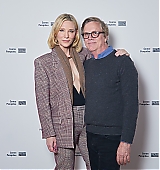
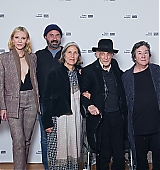
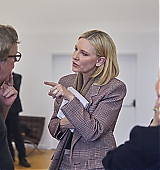


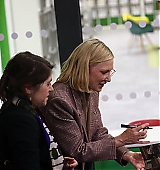
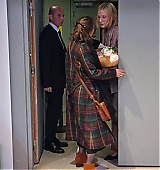
 Welcome to Cate Blanchett Fan, your prime resource for all things Cate Blanchett. Here you'll find all the latest news, pictures and information. You may know the Academy Award Winner from movies such as Elizabeth, Blue Jasmine, Carol, The Aviator, Lord of The Rings, Thor: Ragnarok, among many others. We hope you enjoy your stay and have fun!
Welcome to Cate Blanchett Fan, your prime resource for all things Cate Blanchett. Here you'll find all the latest news, pictures and information. You may know the Academy Award Winner from movies such as Elizabeth, Blue Jasmine, Carol, The Aviator, Lord of The Rings, Thor: Ragnarok, among many others. We hope you enjoy your stay and have fun! 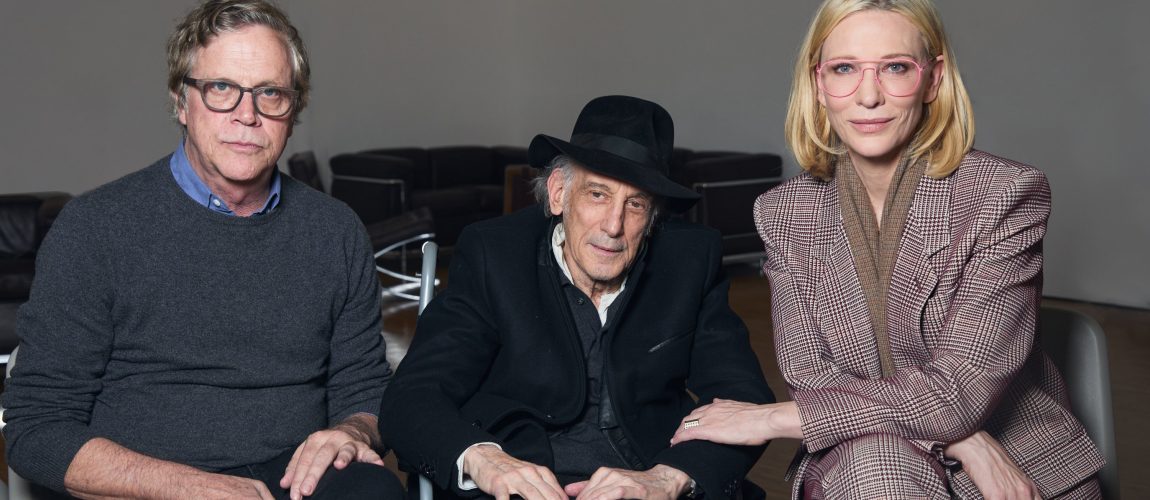


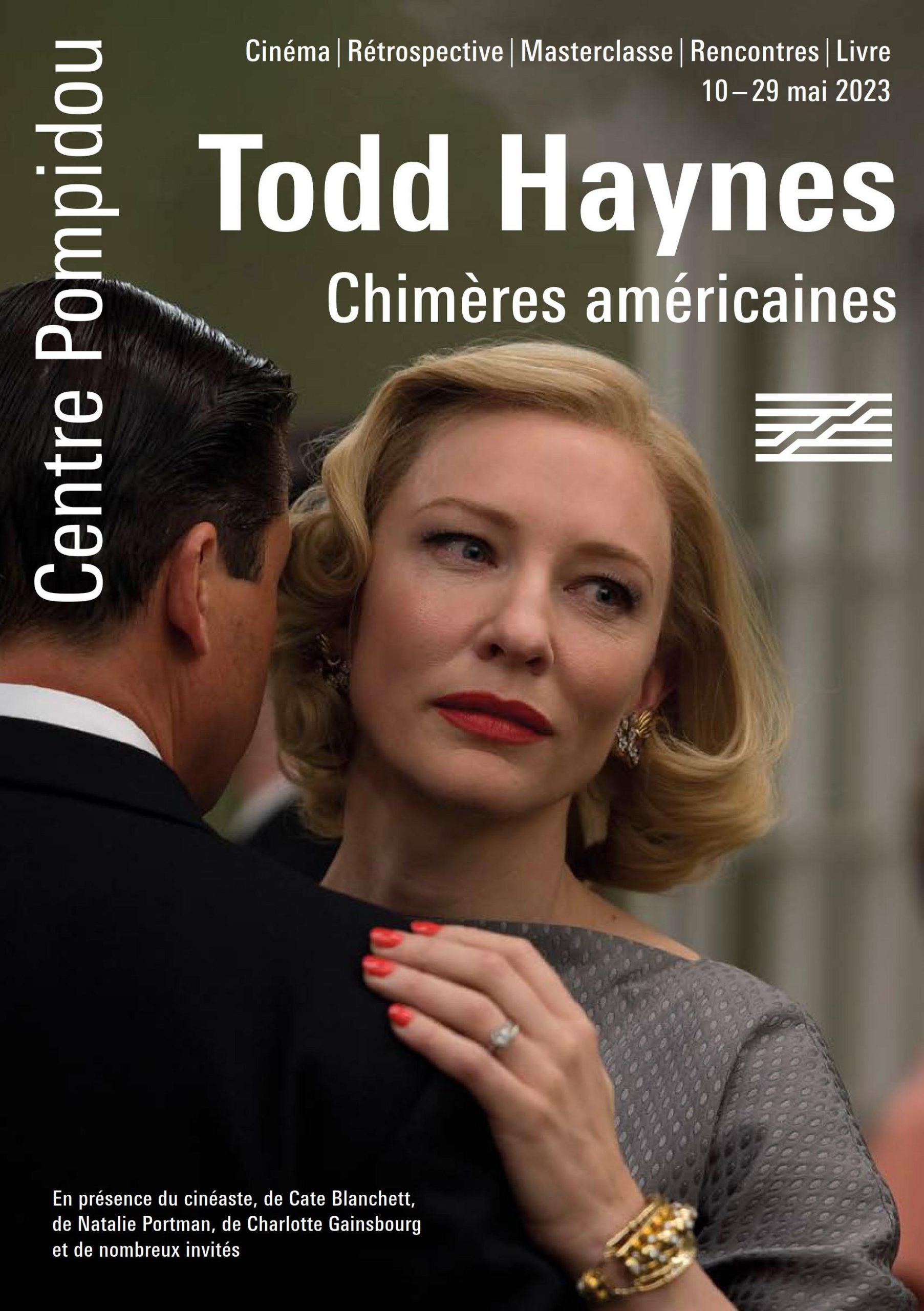
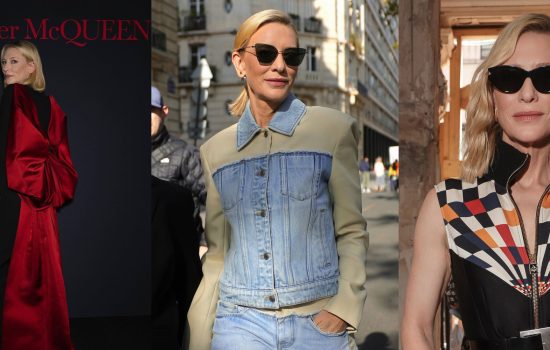
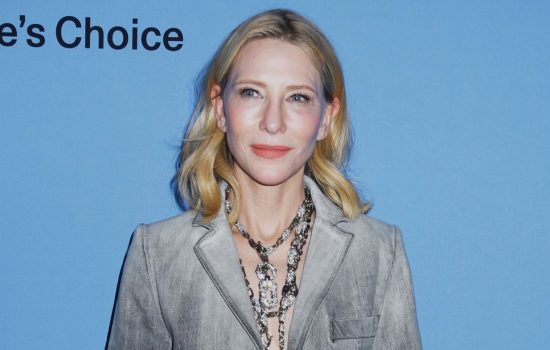
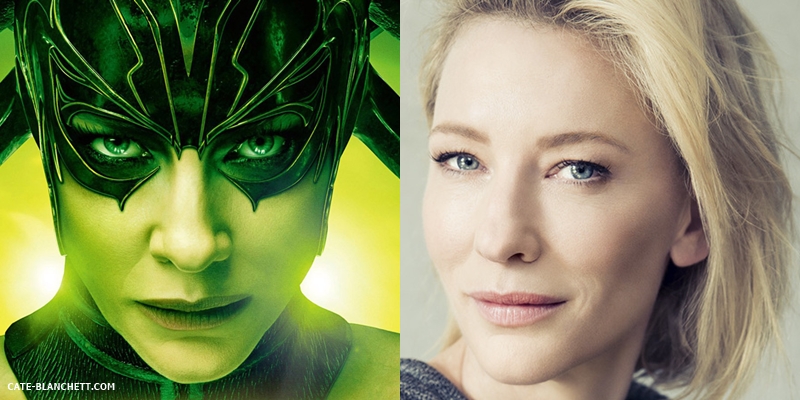
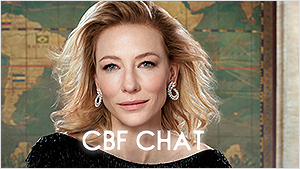
 Black Bag (202?)
Black Bag (202?)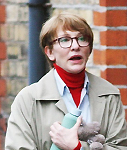 Father Mother Brother Sister (2024)
Father Mother Brother Sister (2024)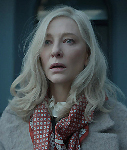 Disclaimer (2024)
Disclaimer (2024)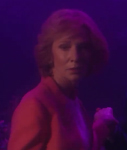 Rumours (2024)
Rumours (2024)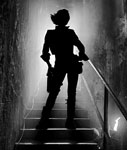 Borderlands (2024)
Borderlands (2024)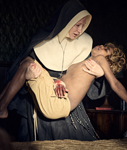 The New Boy (2023)
The New Boy (2023) TÁR (2022)
TÁR (2022)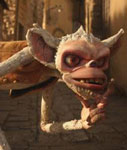 Guillermo Del Toro’s Pinocchio (2022)
Guillermo Del Toro’s Pinocchio (2022)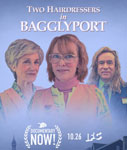 Documentary Now!: Two Hairdressers in Bagglyport (2022)
Documentary Now!: Two Hairdressers in Bagglyport (2022)












